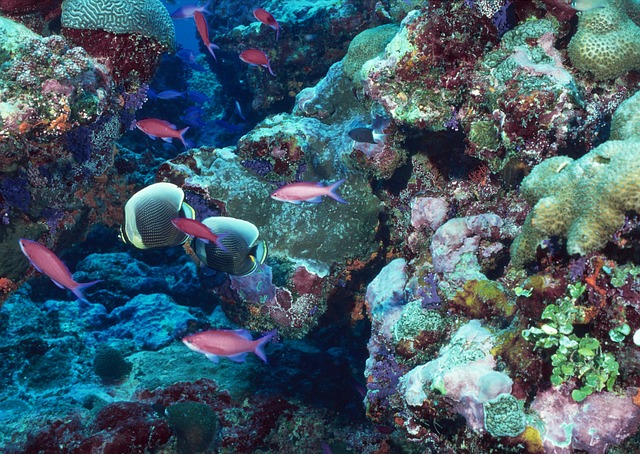
Planting trees in Queensland Australia to save the great barrier Reef
The great barrier reef is one of the most beautiful places on earth. It’s also one of the most endangered. The Australian government has been working on a plan to save the reef, and they believe that planting trees is the solution. Trees will help reduce soil erosion, provide shade for marine life, and absorb carbon dioxide from the atmosphere.
Many people believe that the best way to help conserve the Great Barrier Reef is to stay away and not visit it. However, this could not be further from the truth! The Environmental Management Charge collected from every visitor to the reef is used to help fund the day-to-day management of the Marine Park as well as research that will improve its long-term resilience.
The Great Barrier Reef, the world’s largest coral reef system, is home to an immense diversity of marine life. Recently, however, the reef has been threatened by mass bleaching events caused by climate change. Additionally, agricultural runoff and outbreaks of crown-of-thorns starfish have wreaked havoc on the delicate ecosystem. To protect this natural wonder, we must take action to reduce our impact on the environment.
Our technique of reshaping and resurfacing the land can be very beneficial in reducing the amount of sediment that flows onto the reef. By planting native trees and shrubs, we can help to reduce the amount of erosion that occurs, which will in turn help to protect the delicate ecosystem of the reef. In some cases, our technique has been shown to reduce sediment flow by up to 70%. This is a significant decrease that can have a real impact on the health of the reef. By using this technique, we can help to preserve this natural wonder for future generations.
Dr Andrés Suárez-Castro from UQ’s Centre for Biodiversity and Conservation Science said that addressing the issue of sediment runoff is critical if we want to be successful in reducing the human impact on reefs. “Increased sedimentation can cause aquatic ecosystems to be more sensitive to heat stress, which decreases the resilience of corals to pressures caused by climate change,” said Dr. Suárez-Castro. Taking measures to reduce sediment runoff will help preserve delicate coral reefs and make them more resilient to the effects of climate change.
Dr. Suárez-Castro and his team have proposed a solution to the problem of soil erosion: countries should commit to land and forest restoration in coastal regions. Reforestation is important because it helps to stabilize soils and prevent sediments from reaching aquatic systems. Coral reefs are especially vulnerable to sedimentation, so it is important to build their resilience by reducing sediment and pollution. This will help to improve a coral reef’s potential for recovery.
What Australia is doing to manage the Great Barrier Reef
The Great Barrier Reef is one of Australia’s most precious natural assets. It is home to an incredibly diverse range of marine life, and its colorful corals are a major tourist drawcard. The Australian government is committed to protecting the Reef and has implemented several measures to ensure its long-term viability. These measures include establishing Marine Parks, regulating fishing activities, and banning harmful farming practices. In addition, the government is working to increase public awareness of the importance of the Reef and to promote sustainable tourism initiatives.
Reef 2050 Water Quality Improvement Plan
Nutrients and sediments from agricultural and urban areas are the main types of pollution affecting the Great Barrier Reef. These pollutants can damage coral, cause algal blooms, and affect the health of other marine life. Reducing pollution from these sources is essential for protecting the Reef.
The Reef 2050 Water Quality Improvement Plan sets out a comprehensive program of actions to reduce pollution flowing into the Reef. The plan includes actions to reduce runoff from agriculture, improve wastewater management, and prevent sediment from being eroded and washed into the sea.
Reef Report Cards
Despite challenges, the Australian Government is funding multiple projects to help reduce pollution and improve water quality flowing to the reef. These projects include the landmark $443.3 million Reef Trust – Great Barrier Reef Foundation Partnership, which has already committed $201 million to improve water quality. The benefits of these projects will be seen in future report cards, as the projects continue to progress. In the meantime, encouraging progress has been made at a regional and catchment level, with improved practices leading to pollutant reductions.
By taking these steps, Australia is ensuring that the Great Barrier Reef will remain a vibrant and vital part of the country’s natural heritage for generations to come.
References:
https://www.uq.edu.au/news/article/2021/09/reforestation-could-help-save-coral-reefs-catastrophe
https://www.reefplan.qld.gov.au/tracking-progress/reef-report-card/2020